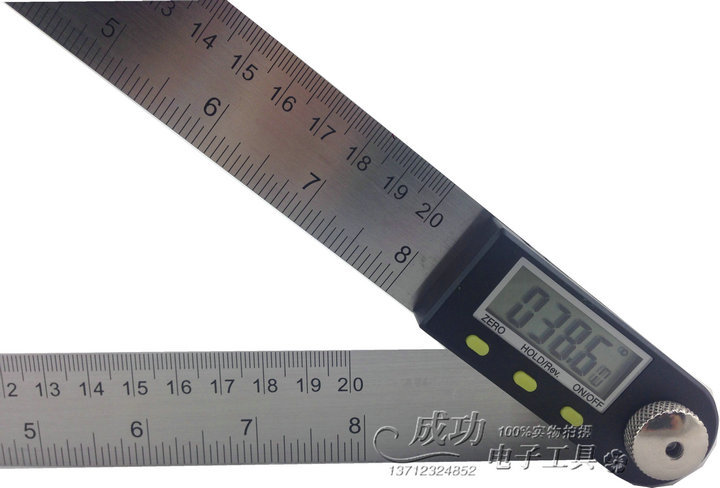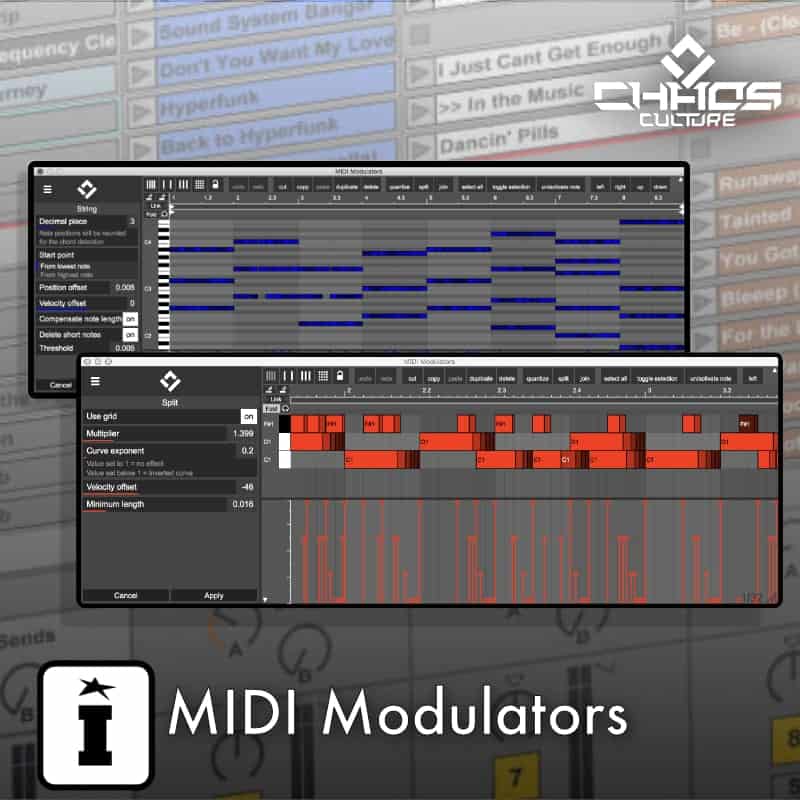
Unlike Reason automation that resets things intelligently between plays, Renoise is perfectly happy to play pattern 21 with the knobs in the last known position you left them on bar 48. Start with a 4 bars reset pattern, and explicitly set parameters to what you want them to be at the start of patterns. To use a combinator button as a triggered latch rather than as a toggle, turning it on and off on the same line ensures it always fires off at least once no matter its previous state.Ĥ. It works well! Having to keep two files in sync seems annoying, but in practice it's mostly just about replacing the "Ctrl+S" habit with a "Ctrl+S Alt+Tab Ctrl+S" one.Įven if it's just a single device, put it in a combinator, expose parameters via the programmer, and make a Intrument MIDI Control preset in Renoise: that way, it's easy to remember what the effect numbers do.ģ. So, I made a song with Renoise as Rewire master and Reason doing all the heavy lifting (including the mixing).ġ.

Now, I am not very familiar with trackers or renoise yet, so I hope describing my findings will spark a discussion and encourage others to share their experiences. So I figured out, why not try out Renoise as a sequencer and see what happens. When Player RE's were introduced, it opened up a ton of creative shortcuts & semi-generative music opportunities, and really highlighted just how much Reason's sequencer is an early 00's relic mostly unaware of the underlying rhythmic and harmonic structure. Reason has always been what inspires me to bang out a tune. I never made much good music with Renoise, even if the tracker workflow is intriguing.

Recently, I realized that my Renoise license, bought like a decade ago, is somehow still valid, thanks to their incredibly generous licensing scheme.


 0 kommentar(er)
0 kommentar(er)
